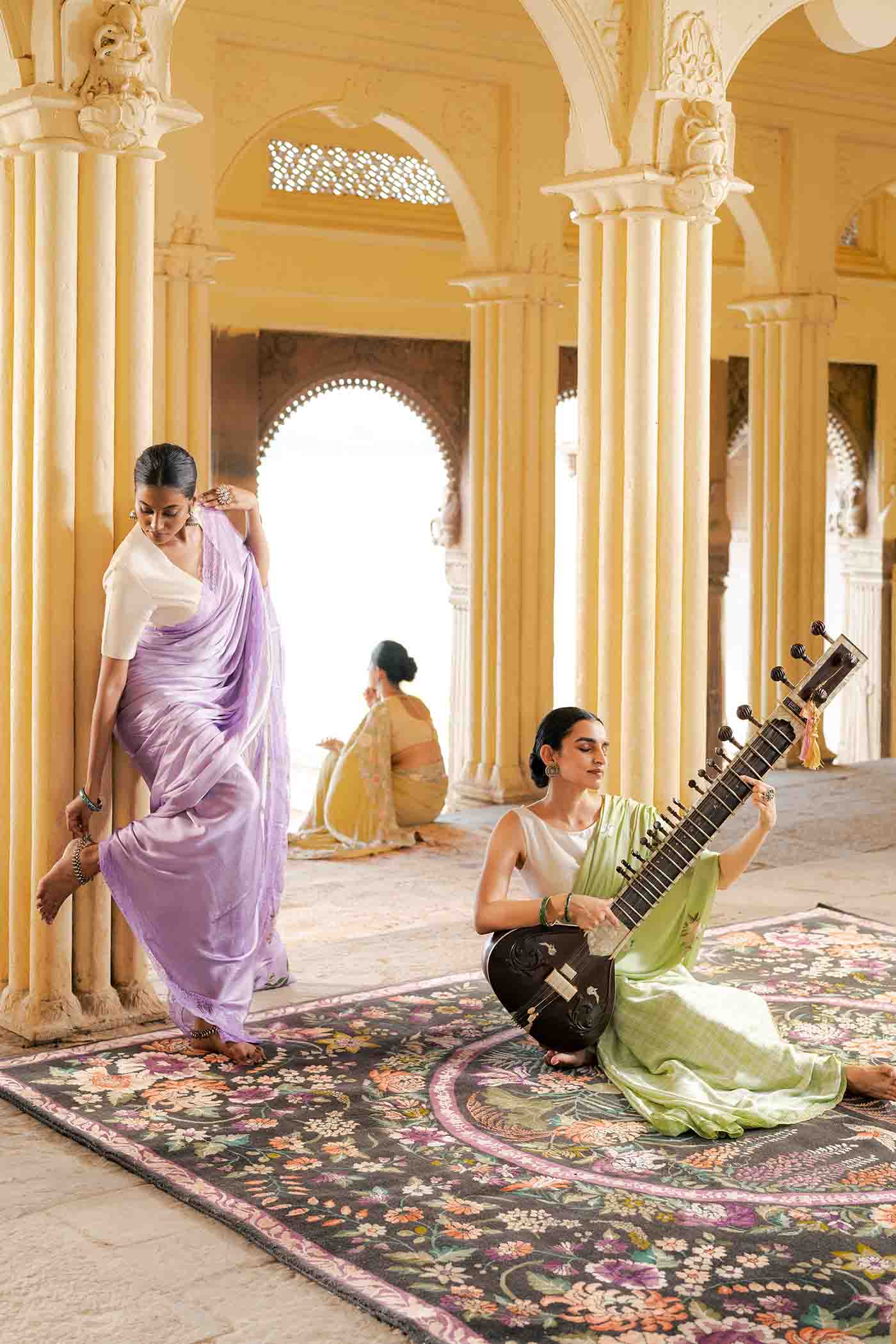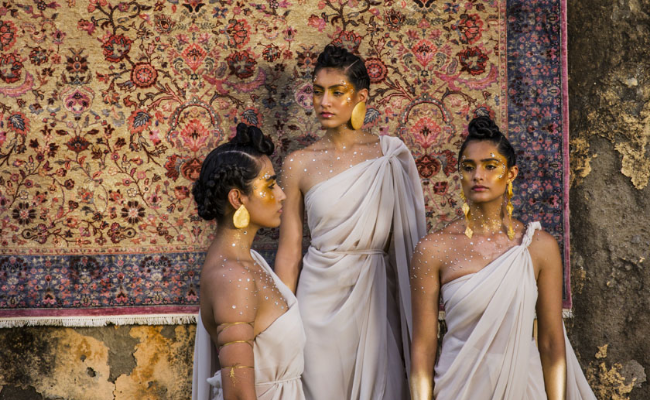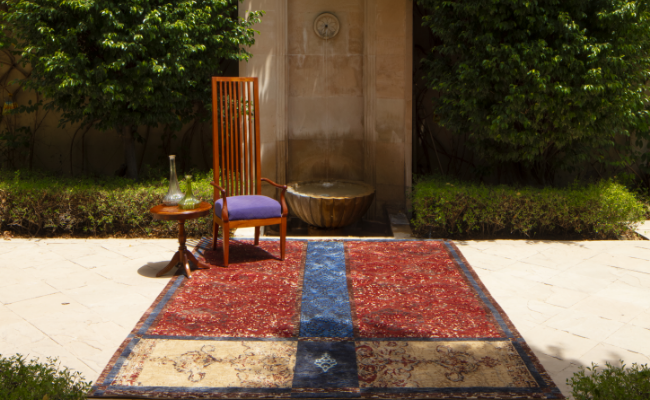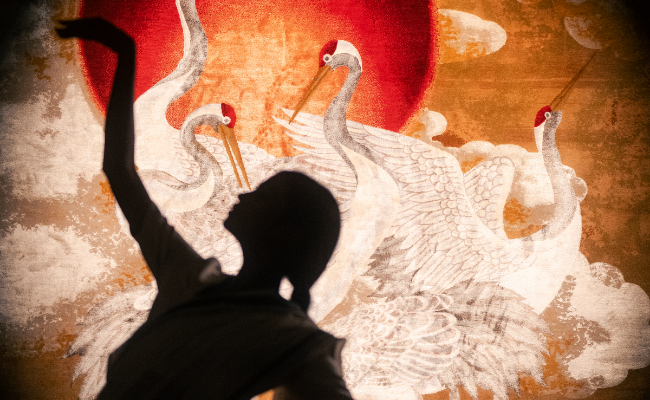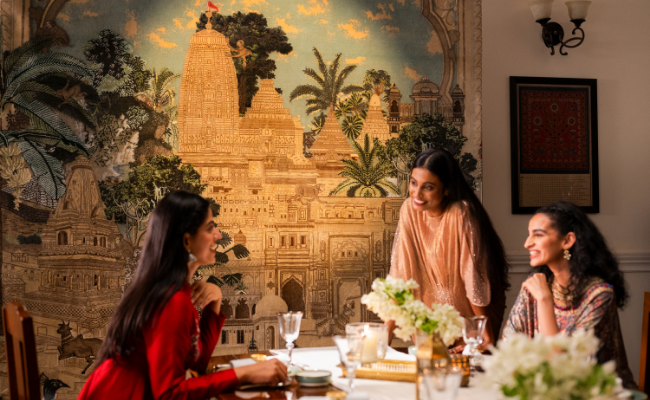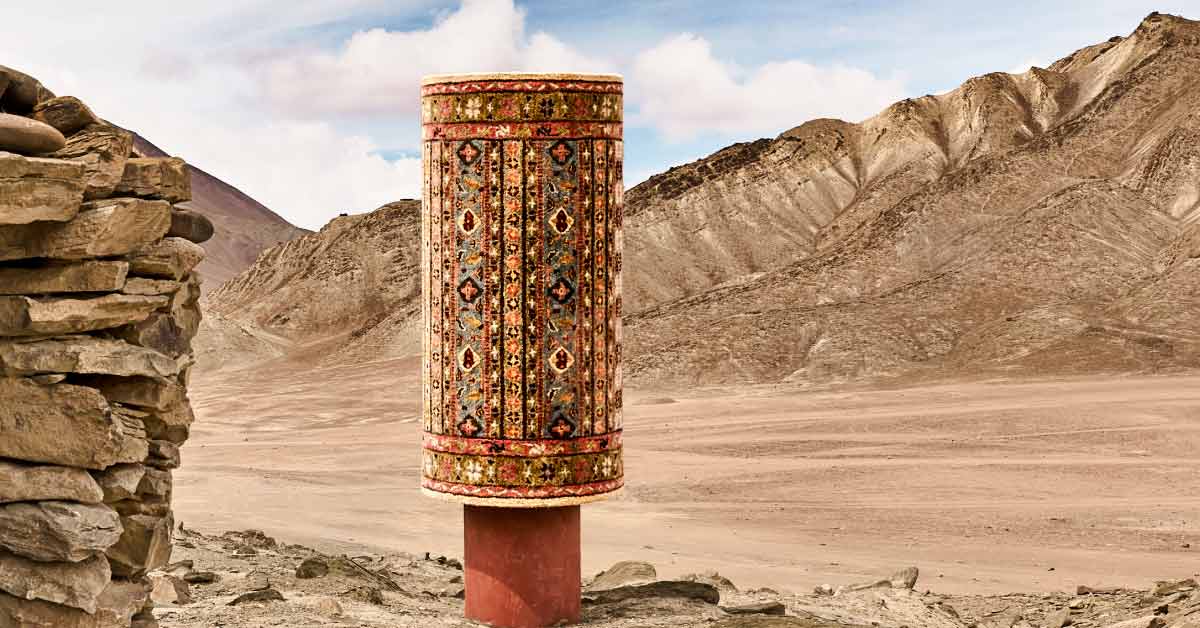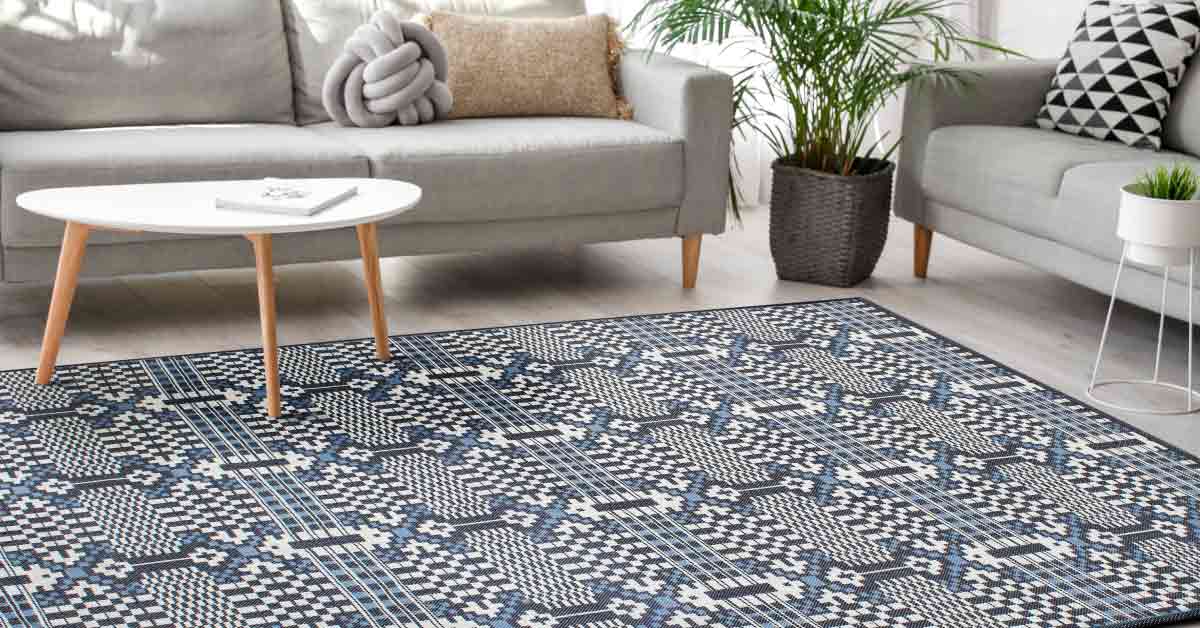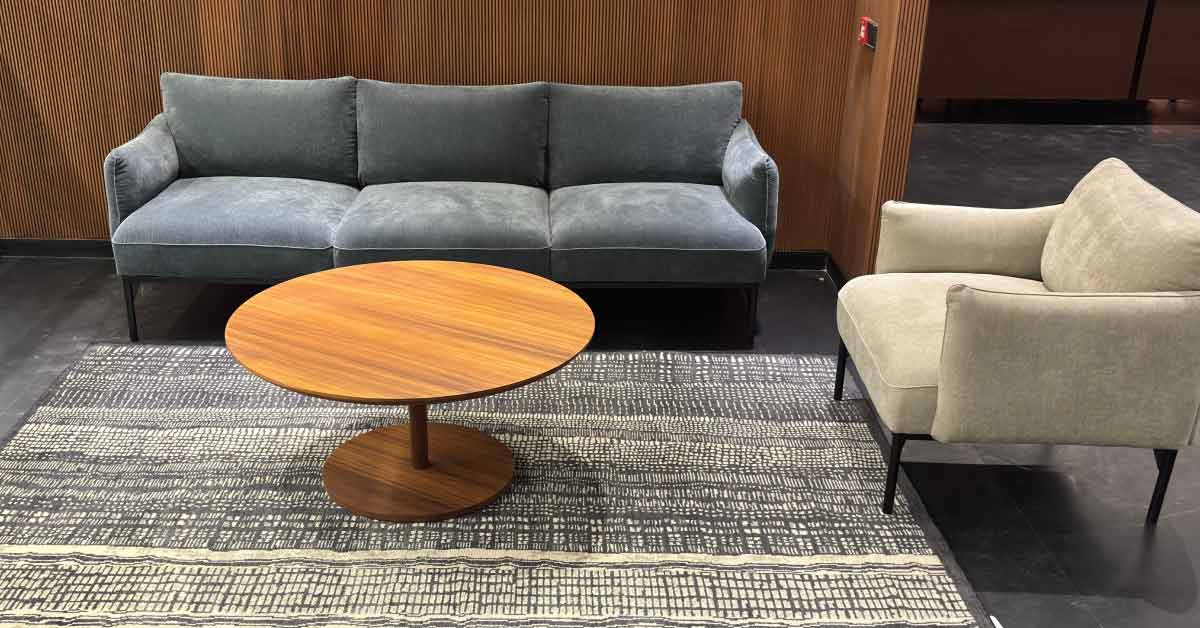
Designing for the discerning few: customisation, privacy, and experience
There are homes where every object carries the weight of intention. A specific shade chosen because it mirrors the soft ochre of evening light in Jaipur. A finish that mimics the patina of something cherished. In these spaces, beauty is not performative—it is private, precise, and personal. It emerges over time, built through choices made quietly and with conviction.
At Obeetee, we’ve come to recognise this language of restraint. It shapes how we design. It informs how we listen. And it determines how we create—without templates, without haste.

Design begins with observation
Every custom piece begins with a conversation. But more often than not, it is in the quiet after the conversation that the real design begins. The things unsaid. The tone in which a client describes their grandmother’s home. A gesture towards a silk swatch tucked in a diary. A photograph, slightly faded, passed across a table.
We’ve been asked to design rugs that echo the cadence of temple bells, the architecture of Deccan forts, or the grain of teak doors in a family haveli. These aren’t themes; they’re memories waiting to take form.
Our designers often work across several iterations—adjusting motifs by millimetres, reworking dyes till the tone is exact, or testing new weaving combinations to find the right level of sheen or shadow. The final result must feel as though it was always meant to be there—as though the room was waiting for it to arrive.
Discretion is understood
Some of the most intricate rugs we’ve created will never be seen by the public. They lie in salons where phones are turned off and lives unfold without the need for validation. These spaces do not follow the calendar of the design world. They exist in their own rhythm, guided by intuition, comfort, and legacy.
We work quietly. Always in conversation with the needs of the home, the preferences of the client, the cadence of the household. Our teams are trained to navigate complex logistics and layered family structures with calm and clarity. We know when to step back, when to suggest, and when to simply make space.
Whether it’s coordinating international deliveries to coincide with the opening of a family estate, or matching a weave to the fading blues of a 19th-century Persian tile, our approach is tailored and tactful.
The experience of making
For many of our patrons, the making of the rug is just as significant as the final piece. There is a particular kind of joy in seeing one’s story translated into craft. The feel of raw wool, the rhythm of the loom, the smell of dyed yarn hanging to dry in the sun—it is a world far removed from digital renderings and flat catalogues.
We often invite clients to our ateliers, where the pace is deliberate and the process is sacred. For some, we create travelling archives—bundles of texture, colour, and hand-sketched motifs—delivered to their doors. We’ve even held one-on-one design workshops over tea, where the rug gradually takes shape through dialogue, intuition, and trust.
These moments of making become memories themselves. They form part of the emotional architecture of the home.
Pieces meant to stay
The homes we create for are not designed to be constantly rearranged. They evolve, yes, but with a sense of continuity. A carpet, in such a home, is not décor—it is foundation. It receives the light, the footsteps, the history.
Some of our carpets have been carried across generations. Others are designed with the clear intention of becoming heirlooms. We’ve witnessed them mark new chapters—marriages, new homes, the birth of children—and we’ve seen them soften with age, growing even more beautiful over time.
Every detail is built to endure. The dyes resist fading. The weaves hold their form. The designs speak in tones that won’t tire. And through it all, there’s a quiet satisfaction in knowing that the rug will remain—steadfast, storied, and seen only by those it was made for.
Because the most meaningful things don’t need to be noticed. They only need to be felt.


